Click on images to enlarge
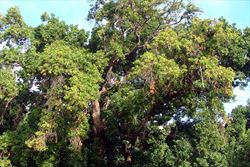
habit of a large tree (Photo: Sheldon Navie)
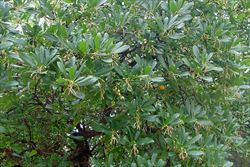
habit (Photo: Sheldon Navie)
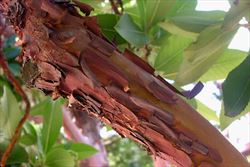
flaking reddish-brown older bark (Photo: Sheldon Navie)
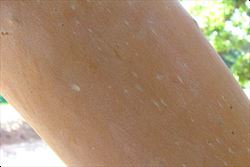
smooth and paler younger bark (Photo: Sheldon Navie)
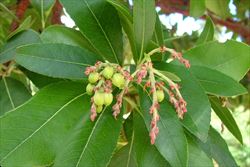
young flowers and leaves (Photo: Sheldon Navie)
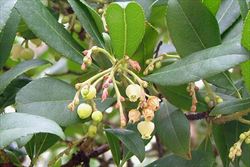
older flowers (Photo: Sheldon Navie)
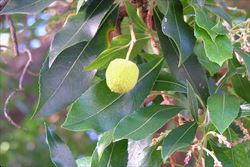
immature fruit (Photo: Sheldon Navie)
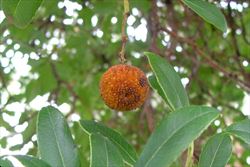
mature fruit (Photo: Sheldon Navie)
Scientific Name
Arbutus unedo L.
Family
Ericaceae
Common Names
arbutus, evergreen strawberry tree, Irish strawberry tree, strawberry tree
Origin
Native to parts of Europe (i.e. Ireland, France, Portugal, Spain, Italy, Albania, Greece and Yugoslavia), northern Africa (i.e. Algeria, Morocco and Tunisia) and Turkey.
Naturalised Distribution
Naturalised mainly in south-eastern Australia (i.e. in Victoria, south-eastern South Australia and the ACT). Also sparingly naturalised in inland south-eastern Queensland and possibly naturalised in eastern New South Wales.
Notes
Strawberry tree (Arbutus unedo) is mainly regarded as an environmental weed in Victoria and South Australia. It is also seen as a potential or emerging environmental weed in the wider Sydney and Blue Mountains region and the Southern Highlands region in New South Wales. This species has escaped cultivation as a garden ornamental, prefers damp situations, and is particularly invasive in sclerophyll forests and urban bushland.
In South Australia, strawberry tree (Arbutus unedo) is listed as an invasive garden plant in the Greater Adelaide region and as a problem species in bushland in the Adelaide Hills Council district. It has also been recorded in conservation areas in south-eastern South Australia (e.g. Eurilla Conservation Park). In Victoria, where it is more widespread, it appears on several local environmental weed lists (e.g. in the Shire of Yarra Ranges, the City of Knox, the City of Boroondara and on the Mornington Peninsula).

